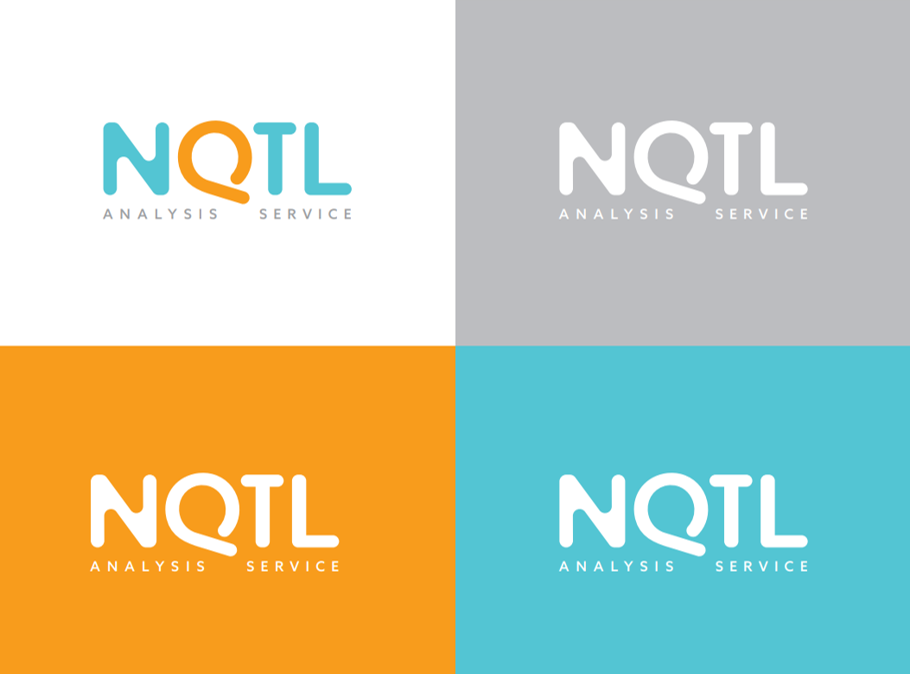
Broad Plan treatment value limitations
This item is mainly about documentation and not likely much of a challenge since the enactment of ACA restrictions on annual and lifetime limits

Quantitative Treatment Limitations (QTLs)
Plans cannot impose a financial limitation on mental health/substance use disorder benefits that are more restrictive than those on medical/surgical benefits

Non-Quantitative Treatment Limitations (NQTLs)
NQTLs are processes, strategies, standards, or other criteria that limit the scope or duration of benefits for services provided under the plan.
QUANTITATIVE TREATMENT LIMITATIONS (QTLS)
QTLs can be measured numerically
Plans cannot impose a financial requirement (such as copays, coinsurance, deductible) or a QTL (such as the number of outpatient visits or inpatient days covered) on mental health/substance use disorder benefits that are more restrictive than the financial requirement or QTL that apply to most – but not all – medical surgical benefits in the same classification.
For example:
It’s acceptable to impose a $20 copay for a mental health visit and a $10 copay for a primary care visit, as long as the copay for most of the medical surgical services covered by your plan is $20 or more.
Rules are complicated, but quantifiable
Parity must be determined and documented in six classifications (and 1 sub-classification):
- Inpatient (in-network)
- Inpatient (out-of-network)
- Outpatient (in-network)
- Outpatient (out-of-network)
- Emergency Care
- Prescription Drugs
Measurement Rules:
Evaluation must include copays, coinsurance, deductibles, out of pocket limitations and visit limits. Requires actuarial assumptions, based upon expected costs.
- Substantially All Test: If a financial requirement applies to at least 2/3 of all M/S benefits in each category
- Predominant Test: If a financial requirement applies to at least ½ of all M/S benefits in each category
Non-QUANTITATIVE TREATMENT LIMITATIONS (NQTLS)
NQTLs cannot be measured numerically
NQTLs are processes, strategies, evidentiary standards,
or other criteria that limit the scope or duration of benefits for services provided under the plan.
From the Department of Labor . . .
The Comparative Analysis must demonstrate that the processes, strategies and evidentiary standards, and other factors used to apply the NQTLs to Mental Health and Substance Use Disorder benefits
. . . in Writing and in Operation
Are comparable and no more stringent that those applied to Medical and Surgical benefits
Examples of NQTLs:
- Medical management standards limiting or excluding benefits based on medical necessity or medical appropriateness, or based on whether the treatment is experimental or investigative
- Formulary design for prescription drugs
- Standards for provider admission to participate in a network, including reimbursement rates
- Plan methods for determining usual, customary, and reasonable charges
- Refusal to pay for higher-cost therapies until it can be shown that a lower-cost therapy is not effective (i.e., fail-first policies or step-therapy protocols)
- Exclusions based on failure to complete a course of treatment
- Network tier design, for plans with multiple network tiers (such as preferred providers and participating providers)
- Restrictions based on geographic location, facility type, provider specialty, and other criteria that limit the scope or duration of benefits for services provided under the plan


